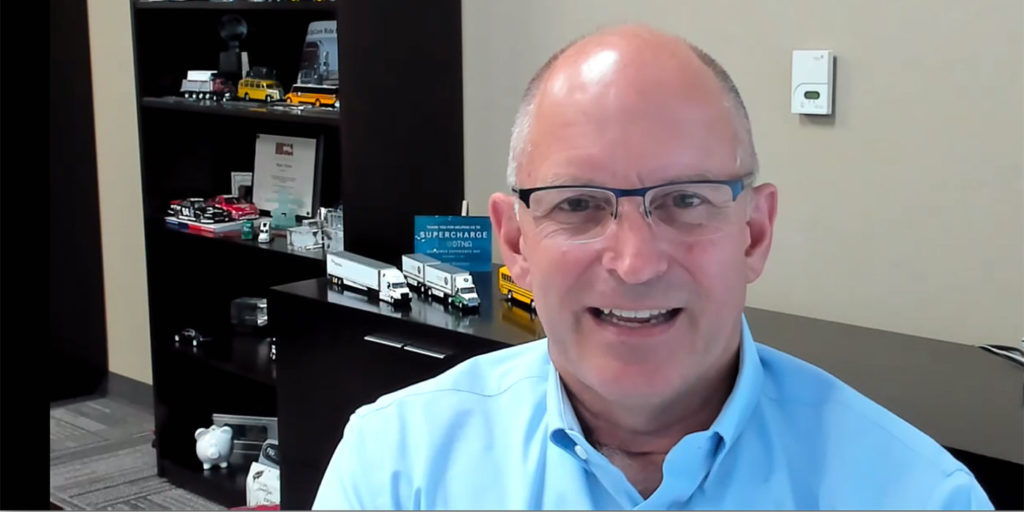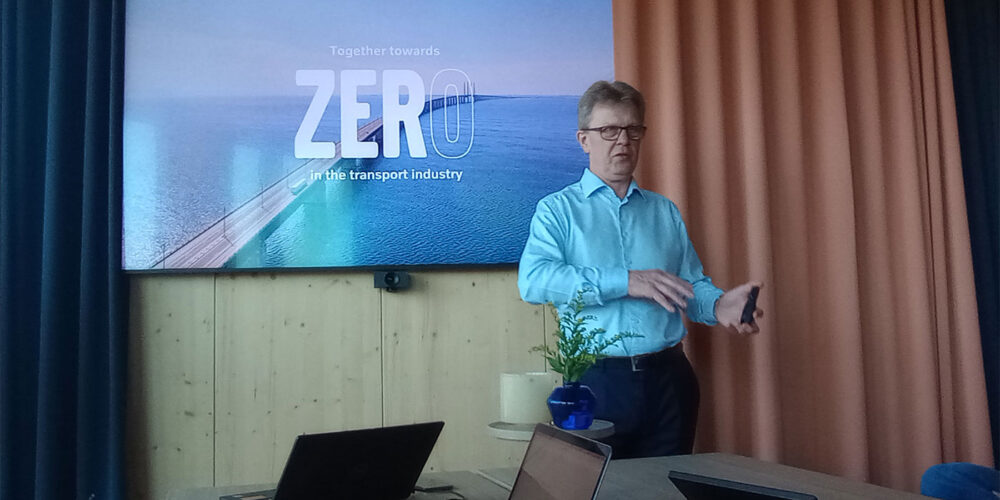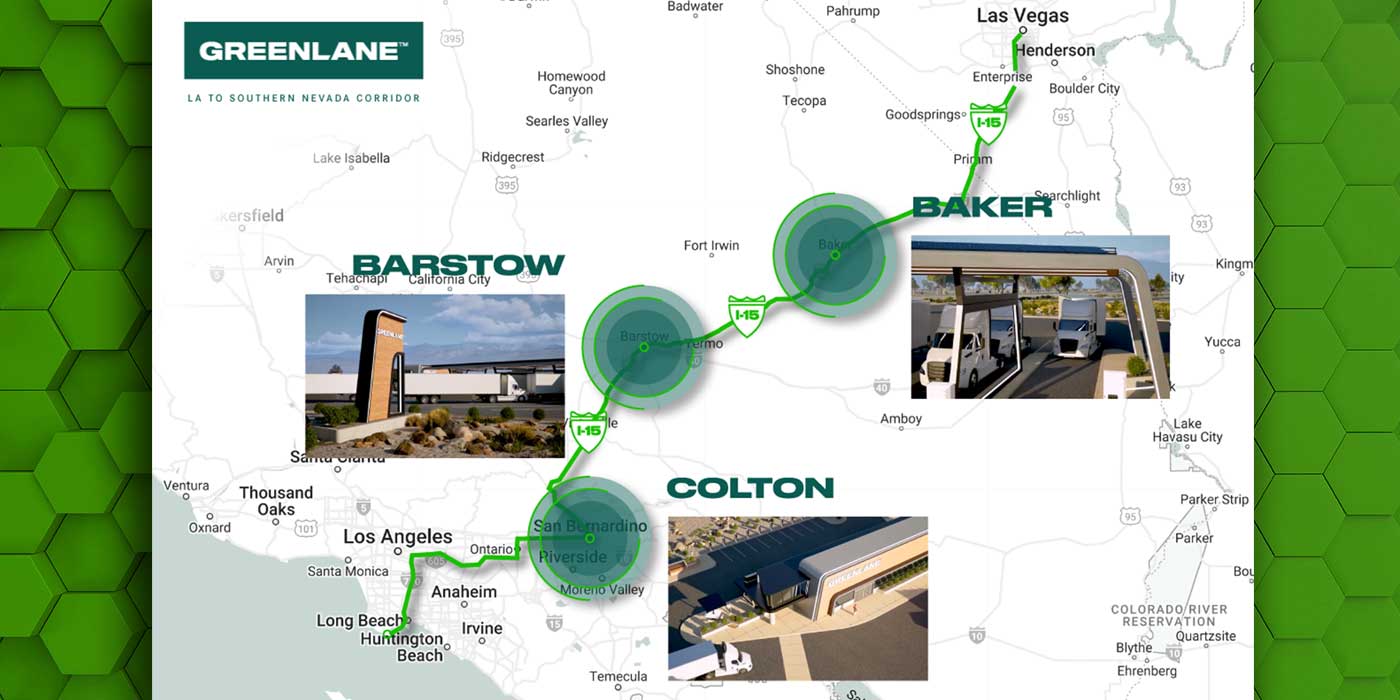The trucking industry continues to roll large through the pandemic. While April and May brought drastic changes in operations and even applications, the so-called “whiplash” market recovery is starting to manifest.
“Every one of our businesses, from school buses to heavy-duty trucks, has gone through this pandemic and come out of it really strong,” Daimler Trucks North America (DTNA) President and Chief Executive Officer Roger Nielsen said during a virtual media roundtable press briefing. “We are back building vehicles at the same rate we were before the pandemic hit America. Definitely, it will lower the total volume for the year. July was a relatively good month for retail sales.” Nielsen clarified that “sales” includes Class 6-8 in the United States, Canada and Mexico. “[Sales] were up to about 27,000 vehicles in July, and if we run 27,000 a month for the rest of the year, which I see no reason why we will not, then the market will run about 310,000 vehicles. It’s not going to be 2019 for sure, but it’s still been strong, with a lot of replacement demand.”
Challenges still lay ahead with the undercurrent of uncertainty, but from Nielsen’s view, the pandemic has not impacted DTNA’s ability to “serve our customers and produce, develop and sell trucks.
“There’s still a lot of work being done to put new products on the road, new innovations coming out. We have upcoming product launches, and we’re working with partners and developing new partnerships to continue to grow and innovate in our business,” he continued.
While taking care of today’s business, DTNA still has its sights on the business of tomorrow and the continued development of electric truck technology and operational environment. Here are the electric truck takeaways from Nielsen’s virtual roundtable.
Learning what it takes to run electric trucks
“There’s a lack of knowledge out there, and so we’ve stepped up to provide the technical resources required to execute on this idea that they can convert some of their fleet to battery electric vehicles so far,” Nielsen said, referring to Innovation Fleet partners, which includes a lineup of about a dozen unique customers that are running battery-electric trucks in a bevy of applications.
“We have 60 chargers in place that we’ve helped install,” he said. “We have another 150 chargers on the drawing board, and that’s going to give us availability of 20 megawatts of power. We’re out there giving the complete solution to our customers in order for us to be able to get the miles on and the time into these vehicles so that we can prove out the technology.”
The pandemic hasn’t slowed progress.
“We have our team on the road making sure these trucks get deployed properly,” he said. “They’re making sure the drivers get trained, service techs are trained. We’re proud of what they’ve done globally. We now have about 2 million kilometers of [cumulative] battery electric miles. With the commonality we have across the different platforms, it’s been great to be able to gain from their experiences.”
Real-world applications have reaped real-world insights.
“Putting these trucks into real applications, running real freight is where we’re gaining the experience we need. ‘What are the fears of the driver? What [is] his range, anxiety, tolerance, and so on and so forth?’ All those things that you can’t get with a professional test driver, we’re gaining that type of knowledge.
“It’s grueling, it is iterative, but it’s necessary to deliver on what our customers need,” he noted, “and what they need is a business partner who knows them, who’s going to support them and who’s going to help keep them running at the lowest possible cost.”
Answers to the biggest electric truck question: Charging
Charging comes down to charger unit availability and the time it takes to charge. DTNA is helping its customers meet the charger availability demands, but charging time is largely dependent on application demands. Nielsen flipped to a picture of a Penske truck with a 440-kilowatt hour battery pack.
“Here it’s hooked up to a smaller charger, which only puts out about 62 kilowatts of power, a little mobile charger. It would take six hours to charge this truck up fully, but for the applications that it’s working in, that six hours is enough for this application to give them a range of 180 to 200 miles to run the next day.”
Moving trucks from DTNA’s headquarters in Portland down to Southern California, Nielsen notes that his team has been taking advantage of all existing infrastructure. He flipped to an image of a truck charging at a passenger car charger.
“In a residential area north of Sacramento, we found passenger car chargers with a couple of empty lanes that we pulled the eCascadia into overnight to pick up a charge,” he said.
In DTNA’s view, the initial success in electric truck charging infrastructure will come in the form of depot charging and branch out from there.
“It’s a bridge too far to believe that implementation of a battery electric vehicle fleet and the public infrastructure will come along at the same speed,” he said. “We believe that depot charging is going to be the way we need to provide energy to our vehicles as we get started.”
He likened it to the challenge of DEF availability when diesel aftertreatment systems were implemented in 2010.
“We had those worries, but once we put those trucks out there, the DEF distribution network picked up and today it’s ubiquitous.”
Could all of this change the truck ownership model?
“Fleets aren’t thinking about a change in their business model necessarily,” he answered. “But every fleet leases differently. Some have fair market value leases; others have finance leases. You saw that last year at NACV where we introduced dynamic leasing. But in our partnership right now with the customers that are running our trucks, it’s all about complete cost sharing. So we know what they’re paying for energy, we know what they’re paying for maintenance, and so on and so forth.
“We’re trying to get deep into their cost per mile calculations to make sure that when they do make the commitment that we can make that commitment at a point where we have full transparency on what the costs are,” he said. “No one is thinking that we, as DTNA, take responsibility for the asset. For us to think that we could handle 30,000, 40,000 or 50,000 vehicles on our own balance sheet, we’re not that crazy either. Right now the cost transparency between us and our Freightliner Innovation Fleet customers and our CX customers has been great. And that gives us the information we need to help feed our development team.”














